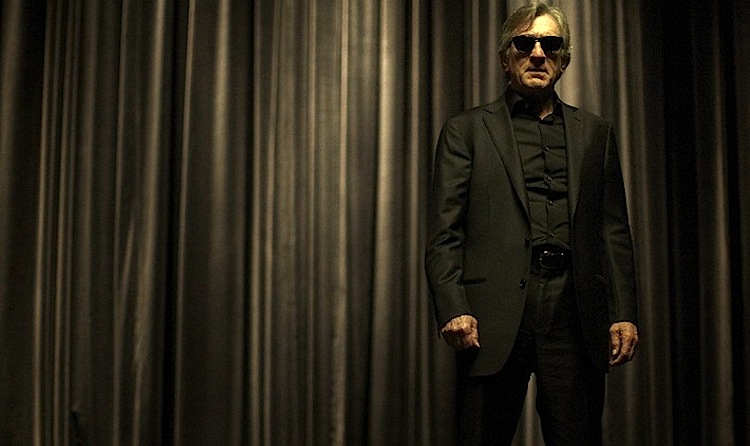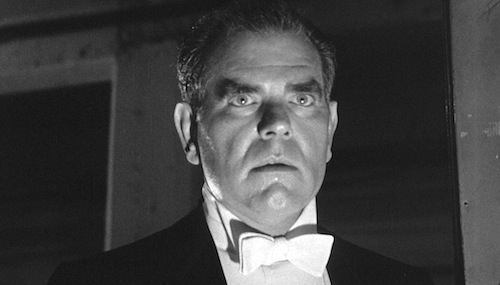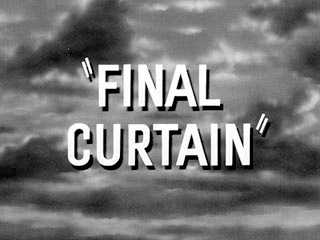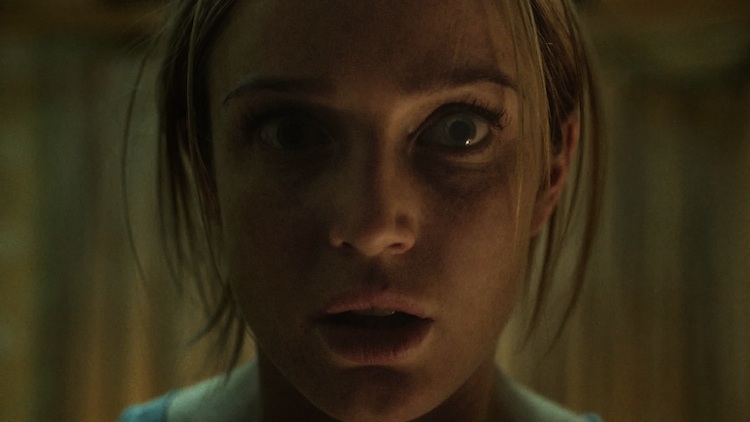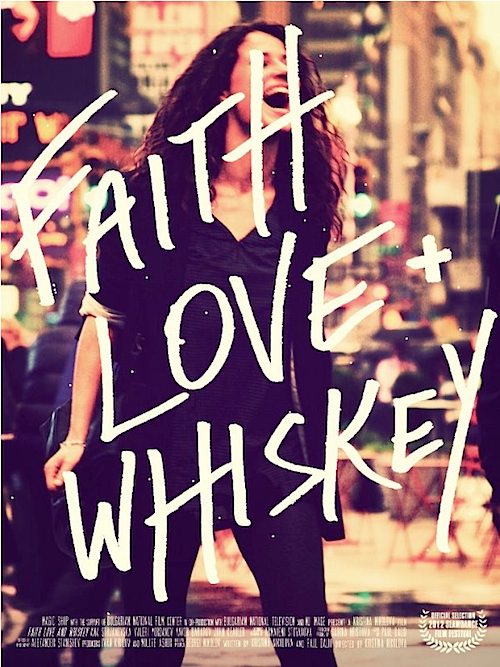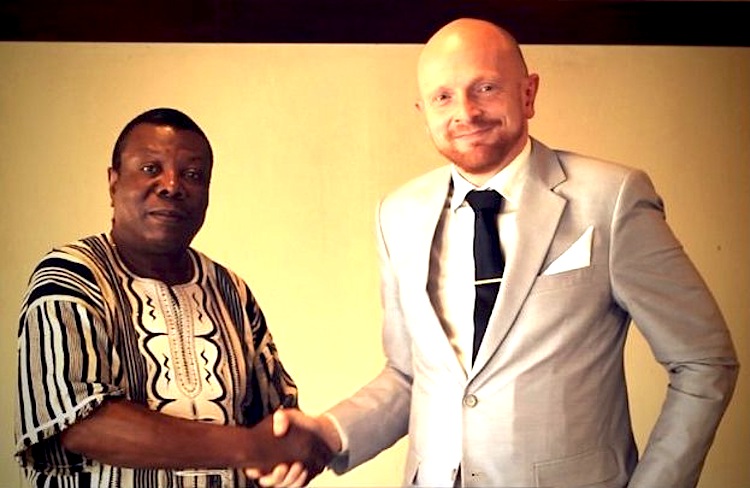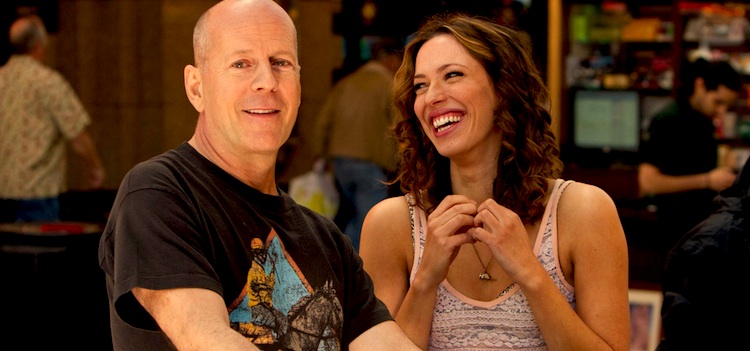
By Joe Bendel. It is easier to get a job in Vegas messengering about large sums of gambling money than a gig as a cocktail waitress. Fortunately, Beth Raymer has a knack with numbers, leading to a checkered career in the betting business. Raymer’s memoir becomes the stuff of light-hearted dramedy in Stephen Frears’ Lay the Favorite (clip here), which screens during this year’s Sundance Film Festival.
“Lay the Favorite” is one of those old school gambler’s expressions Raymer’s new boss Dink Heimowitz uses. Dink, Inc. is not a bookmaker, it is a betting establishment. Every day Dink and his employees work the phones, placing legal bets around town. As long as he wins fifty-five percent of the time, it’s all good. With Raymer’s arrival, Dink comes out of a losing slump, leading him to conclude the ditz-savant is his good luck charm. This does not sit well with Tulip, Dink’s Bravo reality show worthy wife.
Dink once did time for bookmaking, so now he keep things strictly legit. The emotionally needy Tulip also keeps him on a tight leash, which means the openly flirtatious Raymer has to go. However, Dink becomes increasingly concerned when Raymer gets involved with an outright bookie so sleazy he has to be played by Vince Vaughn.
In a way, Favorite seems an odd fit for Sundance. It is a very commercial but rather pleasant film that ought to be better suited for a studio release than an art house run. It offers some interesting Damon Runyon-esque peaks into the world of legal and illicit sports betting, but this is definitely a women’s film. Breezy with a periodic outburst of angst, it is probably a lot like what One for the Money should have been but most likely isn’t.
However, it is the supporting characters and slightly sleazy milieu that really make Favorite work. Vaughn does his usual shtick well enough, but Bruce Willis really stands out, perfectly suited for Dink. Like his character, he seems to comfortably fit somewhere in between a romantic lead and a father figure. Nearly unrecognizable, Catherine Zeta-Jones plays Tulip to the hilt, with relish. So does Rebecca Hall, but her Raymer often comes across too Erin Brockovichy, which is never good, in any context. At least she isn’t shy.
Favorite is hardly what we would expect from Frears either, but the Dangerous Liaisons helmer has a nice touch with the material, never letting Raymer’s melodrama overwhelm the upbeat vibe. It is not a big important film, but Favorite is an entertaining diversion, featuring some of Willis’s best work in a while. Recommended in that modest spirit, but not an ultra-high priority at Sundance, it screens again this Saturday (1/28) and Sunday (1/29) in Park City.
SUNDANCE GRADE: B
Posted on January 25th, 2012 at 10:25am.

